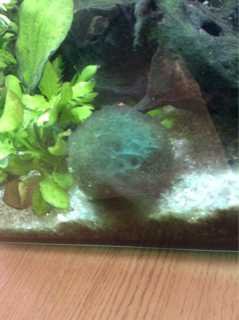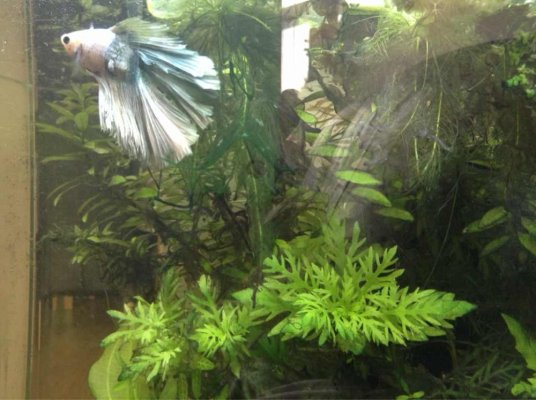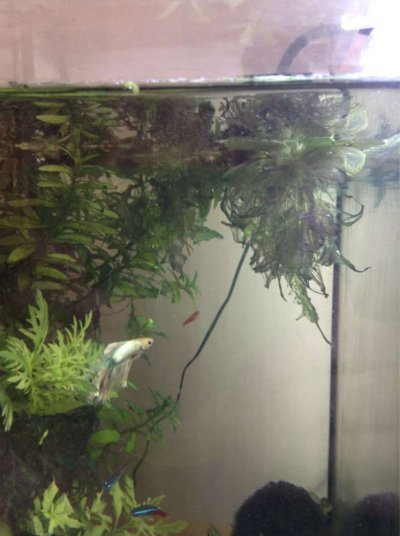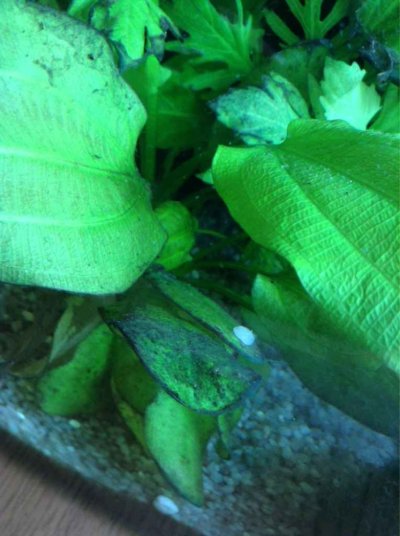I recently had a cyano outbreak myself. It looked just like yours does. It was the beautiful cyan blue slimy smelly stuff.
Before deciding on a course of action I did a lot of googling. I also read every cyano thread I could find here.
Before I go further, my water parameters were/are excellent. If anything my nitrate is a little on the low side at 5 ppm. Since cyano can fix its own nitrogen low nitrate will not necessarily keep you from getting it
Personally, I look at erythromycin as overkill. I see it as using a blow torch to light a candle. That said, there is no doubt that it works.
One thing I read repeatedly about cyano is that if you do not cure the underlying cause it will return.
Another thing I read repeatedly is that increasing the O2 levels and circulation in the tank may cure your cyano with no further action.
First, I did what just about everybody does. That is to hand clean and siphon out and as much of the cyano as I could. I then added an air stone. That is something I hadn't had. I have a canister filter so I can't adjust the waterfall or something and I don't have the spray bar. I already had an air pump sitting around so it was just as easy to drop in an air stone.
There was an improvement. However the cyano did come back and that's not unusual. So once again I hand cleaned. I siphoned and netted out any loose pieces I could. I was able to get a lot of it off of my live plants by fanning them with the same credit card that I used to scrape algae off the acrylic tank. It actually will blow right off. I did a 50% water change at the same time just for good measure.
What killed my cyano, and I haven't seen any for several weeks, is to treat the whole tank with a mild dose of hydrogen peroxide 3%. This is the hydrogen peroxide that is available on the shelves of most drug stores.
Testing has proven that this treatment did not affect the beneficial bacteria in the filter and I see no harm to fish or any invertebrates including the pond snails.
In fact, I think with the cyano gone the pond snails are more healthy than ever. They are back to doing a yeomans job on the normal algae.
A dose of less than 2 mL per gallon is considered safe. I dumped this in with the filter running lights on and everything. In my case I have a 29 gallon tank and I used 45 ml. (Please note that this was probably about 1.8 ml per gallon because the tank always holds less water in actuality.)
I read a lot about spot treatments and a little bit about whole tank treatment, and I found the whole tank treatment fast, easy and effective.
One treatment got rid of 90% of the cyano. A second treatment two days later got rid of the rest of it.
The hydrogen peroxide quickly breaks down into oxygen and water. Because I use a safe dosage, I did not do any water changes after treatment.
Anytime you treat a tank with any substance or medication it is important to be careful. People have killed fish using hydrogen peroxide at too high a dose. I don't want to scare anybody, but I also do not want anybody to kill their fish.
When I started this journey I really didn't know it was going to be that easy to get rid of my cyano. The advantage to this treatment is that it is inexpensive, it does not require removing filter media, it does not damage the beneficial bacteria (this was my personal experience but many other accounts confirm this), and it does not hurt the fish and inverts at this level.
I would urge anyone with a freshwater cyano problem to do their own study and reading. The number one thing to remember is that you need to identify and correct the underlying cause. In my case, I think of that boosting the overall oxygen and circulation of the water was the cure to the underlying cause. Then the manual removal and the peroxide treatment was a one two punch that knocked it out.
I hope that my experience is helpful or at least food for thought and/or debate.




